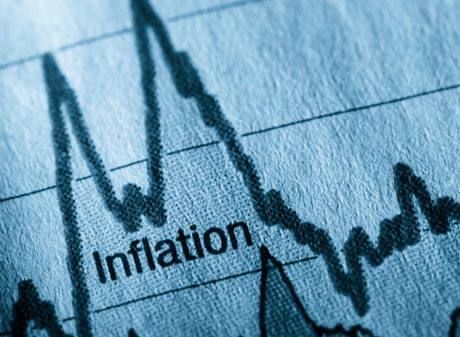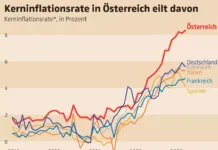
|
Getting your Trinity Audio player ready...
|
Most major central banks — from the US Federal Reserve to the European Central Bank — have one magic number in mind when it comes to inflation: 2%.
But why 2%? What makes that number so special?
📊 The Goldilocks Zone of Inflation
A little inflation is actually healthy for an economy. Central banks aim for 2% because:
✅ It’s high enough to avoid deflation — that’s when prices fall, which might sound nice but can actually freeze the economy. When people expect prices to keep dropping, they stop spending, businesses stop investing, and job losses follow.
✅ It’s low enough that your money doesn’t lose value too quickly. You probably won’t notice 2% inflation day to day — but over time, it adds up just enough to encourage people to spend and invest rather than hoard cash.
😬 The Problem? They Rarely Hit It
In reality, central banks struggle to stick to that 2% target.
➡ In good times, inflation can spiral above 2%, making everything from food to fuel painfully expensive.
➡ In bad times, inflation can slump below target, risking deflation and economic stagnation.
👉 Either way, your money steadily loses value — often much faster than the official 2%.
📝 Danchima Media Insight
> The 2% inflation target might sound like a technical detail, but it affects everything: your savings, your mortgage, your grocery bill. And as history shows, keeping inflation in that “Goldilocks zone” is far easier said than done.








